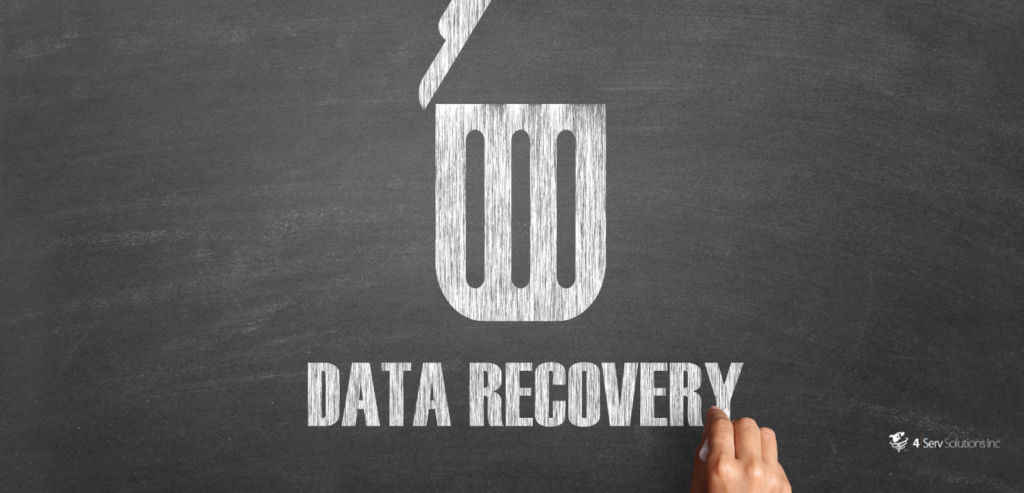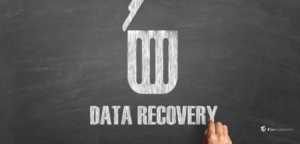The data recovery industry was driven originally by natural disasters and power outages. These disasters made it impossible for businesses to access their IT systems. Mishaps prevented staff members from working on-site and blocked users from gaining access to computers and other systems. Today’s businesses can deal with emergencies easily by utilizing methods, technologies, and systems that minimize downtime and data loss. Natural disasters lag behind cyberattacks due to the high likelihood of bringing the network down. Over the past few years, these gatherings have gained in scope. It is high-time now than ever to have a data recovery process in the approach to digital transformation. How? Let’s see.
Various types of data attacks
Before, a corporation’s biggest concern was virus infections. The malware was added to the mix. Things started to get serious when distributed denial of service (DDoS) attacks showed they could bring down websites and crash servers. The internet of a whole Baltic nation was cut off by hacker groups based in Eastern Europe. Recent news has been dominated by ransomware. Government, education, health care, and financial institutions are all affected by the shutdown, which has slowed down whole pipeline networks to a halt.
Unlike a natural catastrophe, data recovery following a cyberattack is more difficult. For instance, Data must be unchangeable, it must be recovered from long-term storage, or it must be repeated to ensure its integrity. In either case, the same principles apply regardless of the cause, and it is where data recovery comes to the rescue. Recovery of data, or nearly all information, as quickly as possible is the objective, maintaining critical income streams, and returning things to normal as soon as possible.
Various aspects of data recovery
Data recovery is a complex subject. The process can encompass everything from recovering a lost document to completely restoring an entire data center after a natural disaster. There are a lot of events that can knock systems, apps, or entire data centers down in an instant. A complete data recovery service is available so that the disruption is limited and business can resume as soon as possible. Data recovery relies heavily on backup. An organization creates a duplicate of its data and stores it off-site, such as in the cloud or on tape. Typically, it is done every day or every week. Full and incremental backups are available, which only back up information altered since the last backup. So what are various data recovery objectives that can help us better?
Identifying Objectives of Data Recovery
Backup scope
Backing up a data set is what defines the scope of the backup. To ensure the organization is not at risk, they should verify that all essential data is within the scope. It is not ideal to find out you are missing data when trying to recover from a backup that isn’t part of the scope.
However, organizations should not define backup scopes and not review them on a regular basis. Dynamic data creation requires dynamic backup scopes. To ensure no data is lost due to backup exceptions, it must be possible to implement processes that identify new data storage locations when they are created and add them to the organization’s backup scope.
Recovery point objectives (RPOS)
Data recovery point objectives (RPOs) measure the amount of data, in specified periods, an organization is willing to lose under specific circumstances. RPO, for instance, is a measure of your willingness to readjust your backup strategy if the system crashes for one hour.
Recovery time objectives (RTOS)
The recovery time objective (RTO) indicates how long the company will wait before its data is fully restored. Having an RTO of 30 minutes for a disaster means that all data has to be restored, and all systems have to be working by the next half-hour. The RTO was also defined in the pre-cloud era during which magnetic tape backups were in vogue.
Virtual Machine backup
Additionally, the advent of virtual machine (VM) backup has enabled lower RTOs. An enterprise platform with a near-time high-availability VM backup solution that has low RPO and RTO is essential to today’s modern enterprise. It can be configured in seconds to run a backup VM in case of a failure, so you don’t have to deal with the negative effects of high RPOs and RTOs that can affect your customers’ experience.
In traditional backup and redundancy strategies, on-premises servers are too expensive and do not scale well enough. An organization’s most valuable asset, whether commercial, charitable or government, is data. Companies big and small worldwide are concerned about protecting both. Unfortunately, both have been attacked this year due to the COVID-19 pandemic. As a result of the rush to adapt to new ways of working, shopping, and living, hackers were able to recover data. In the absence of content-based security and complete lifecycle protection, digital transformations fail.




























